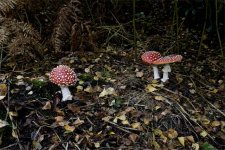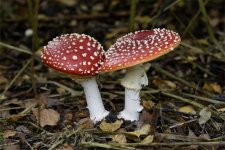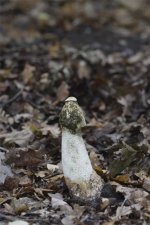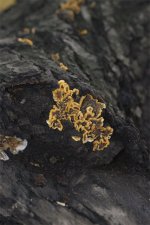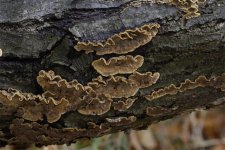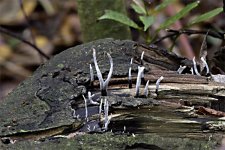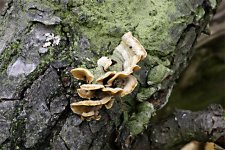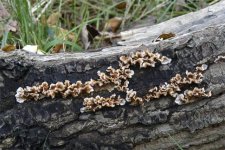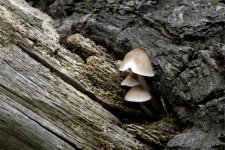Dave Adshead
How much!
Hi,
A few days ago, I went out onto my local patch and decided to have a look for fungi, well I spotted about 1 dozen different types.
The first two thumbs nails are I believe, Fly Agaric, the second, I believe is a Stink Horn. But 4 to 5 I've no idea can any one please put a name to them.
Thanks
Dave
A few days ago, I went out onto my local patch and decided to have a look for fungi, well I spotted about 1 dozen different types.
The first two thumbs nails are I believe, Fly Agaric, the second, I believe is a Stink Horn. But 4 to 5 I've no idea can any one please put a name to them.
Thanks
Dave
Attachments
Last edited:




